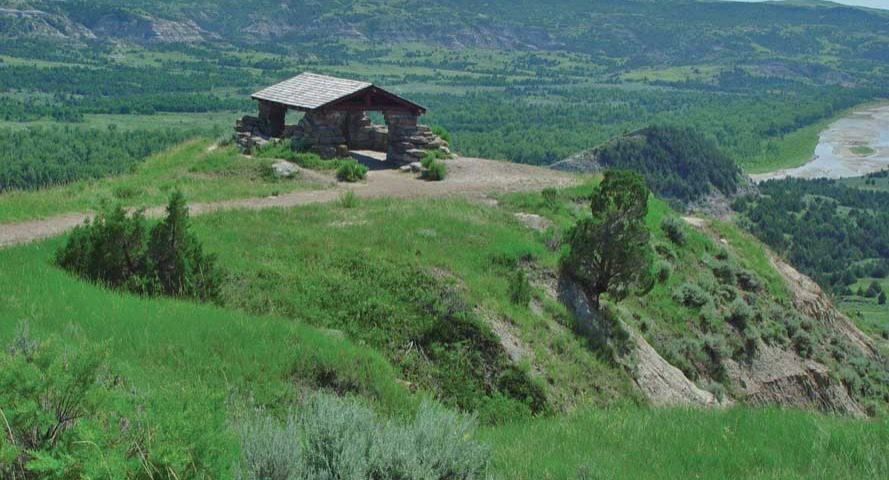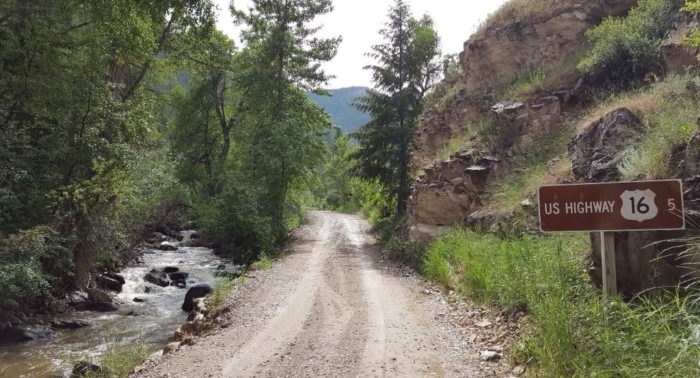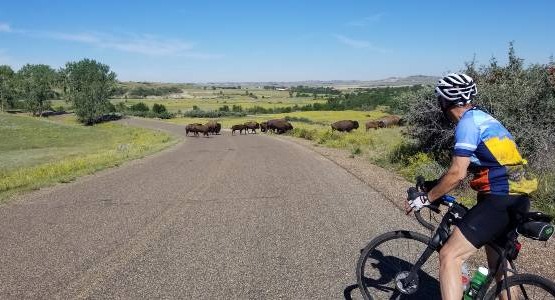The Gravel Bike Rundown
When the Road Ends, You don't Have to Stop There
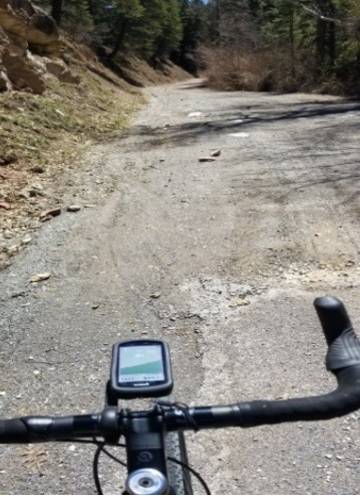
Why do you need a gravel bike?
Gravel/Adventure bikes are the closest thing to a “go anywhere” bike. They’re versatile enough to tackle any surface: Pavement, asphalt, hard-packed gravel, woodchips, dirt forest service roads, fire roads, and “not-so-gnarly” single track. They are also great for all-day riding, commuting, and bike packing adventures.
Picture to the right is Top of Hobble Creek Canyon
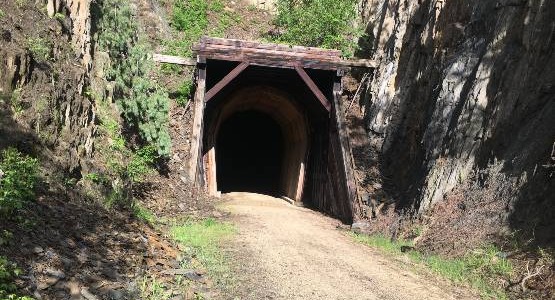
Gravel Bike Vs. Road Bike
But a gravel bike looks so much like a road bike? Looks are deceiving! Road bikes are designed for speed, while gravel bikes are designed for stability. Road bikes usually have longer reach and put the rider in a more aggressive position. Gravel bikes have a longer wheelbase and shorter head tube, which puts the rider in a more upright position to increase the stability and handling over a wider range of terrain.
Gravel Vs. Cyclocross
Do not confuse a gravel/adventure bike with a cyclocross (CX) bike. The only thing they have in common are textured tire treads and dropped handlebars. A cyclocross bike is designed for a completely different kind of riding. Cyclocross bikes are race bikes; where riders spend 1-2-hours of aggressive riding with sharp and quick turns in complex conditions. That kind of riding is quite a different feel compared to gravel bikes designed for comfort on long days in the saddle over varied terrain. In fact, cyclocross race rules stipulate the maximum tire size as 700 x 33c while gravel bikes have clearance of up to 700 x 45c (even 50c on some models). There are a few gravel bikes that even allow riders to switch between 700 and 27.5 x 2.1” tires. The wider 27.5” tires run at lower pressures, adding to the comfort and improved traction over rough gravel roads.
Gravel Bike Vs. Mountain Bike
So why not ride a mountain bike? Mountain bikes use wide handlebars, short stems, and are designed to tackle rock gardens, switchbacks, and steep descents. Gravel bikes don’t have the suspension to navigate the rocky and intense trail conditions, their focus is on efficiency and being lightweight. The lack of suspension reduces the weight of a gravel bike, the stiffness of a rigid fork allows more of the power being generated to go into moving the bike forward, instead of being absorbed by the compression in the suspension like a mountain bike.
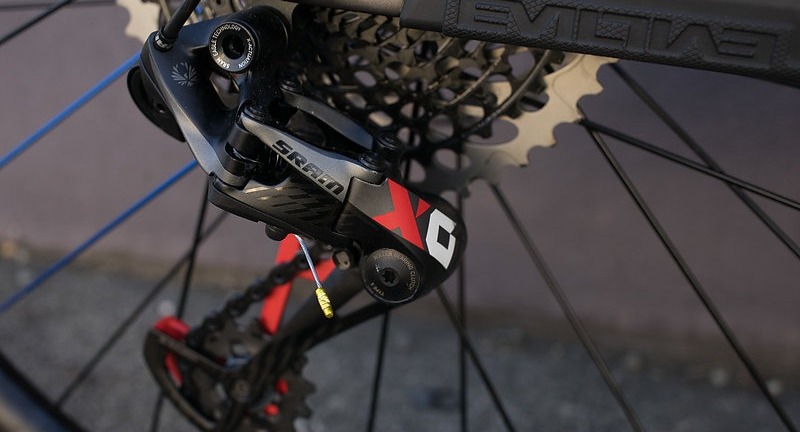
Something else to consider in a gravel bike - Drivetrain Options...
Gravel bikes can be outfitted with road, mountain bike, gravel, or cyclocross gear ratios. The most common choices are 1x12-speed mountain bike setups (SRAM Eagle or Shimano XT); SRAM 1x11 -speed FORCE and Shimano’s gravel specific group set-2x11-speed GRX.
How to choose...
It all comes down to knowing what kind of riding you will be doing and choosing the right setup for your riding style. If you are racing gravel, adventure, or CX on your bike, then maybe the SRAM 11-speed FORCE is what you need. If you are climbing steep hills, then the SRAM Eagle or Shimano XT mountain bike setup might be best.
I use my gravel bike to commute and for both long paved and gravel road rides; the Shimano GRX gives me the best of both worlds – climbing with enough high-end road speed, with lots of gears in between to find that comfortable cadence on long windy flats.
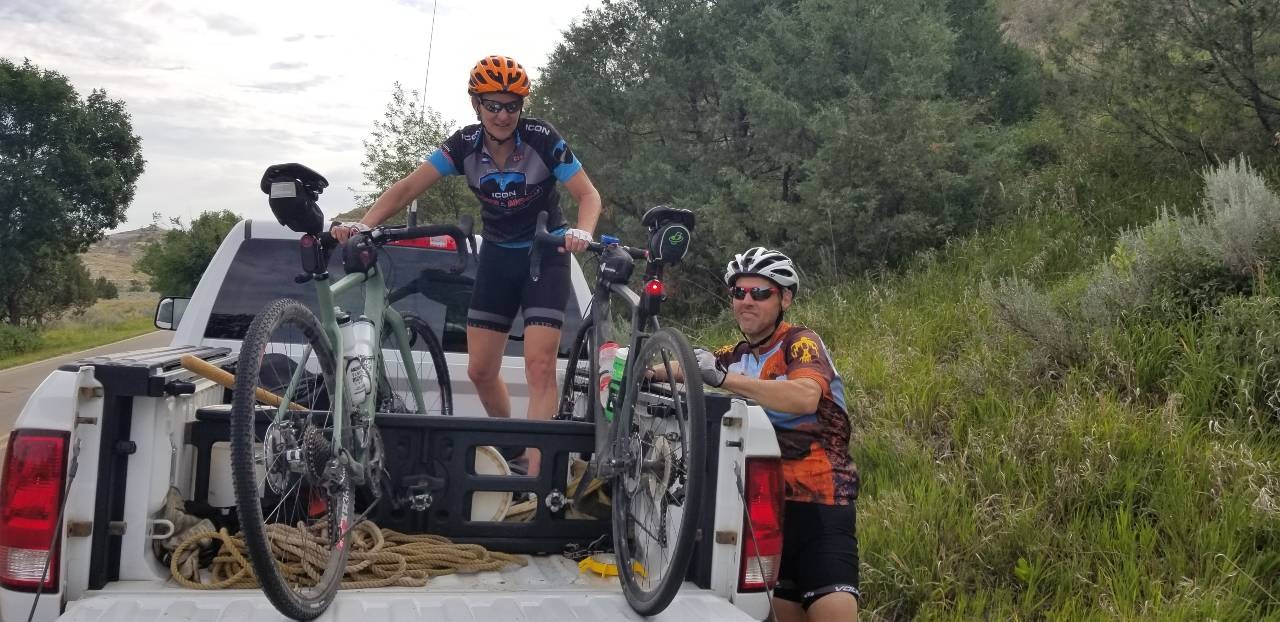
The Versatile, Near-Perfect, All-Around Bike...
Gravel bikes are perfect for a road trip. While I’d love to buy a sprinter van, carry 6 bikes and drive across the country, currently a 4-runner and 2 gravel bikes are perfect for our trips to the Dakotas and Eastern Wyoming. We recently spent 3 days on pavement, climbing Casper Mountain in Wyoming, and pedaling through the Northern and Southern parts of Roosevelt National Park in North Dakota. Pressing our luck, we pushed our bikes to the limit with 2+ days on rough forest service roads in Crazy Woman Canyon and Hunter Creek Road in Wyoming. The 5 days on the crushed limestone, dirt, and wood chips of Mickelson Trail in Black Hills of South Dakota were exactly what the bikes were designed to do. We even pedaled one morning on a “smooth-ish” single track section of the famous Maah Daah Hey Trail in North Dakota.There were two things the bikes didn’t do well: Washboards - but what bike does washboards well – none that I’ve ever ridden. And navigating through a large herd of angry buffalo during the rut (a.k.a Mating Season)!
Thank you to the Park Ranger for the ride
Below are a list of gravel trails in Utah we recommend checking out.

